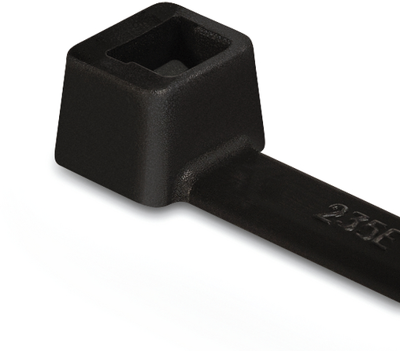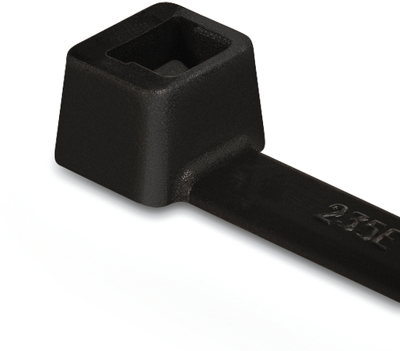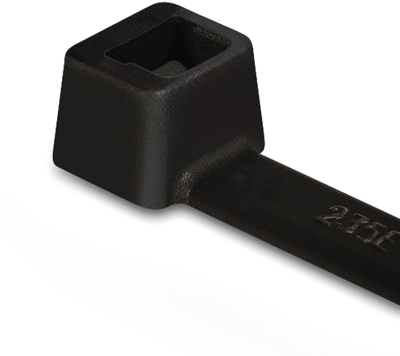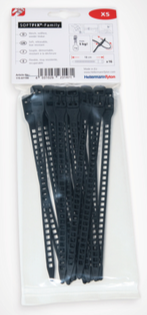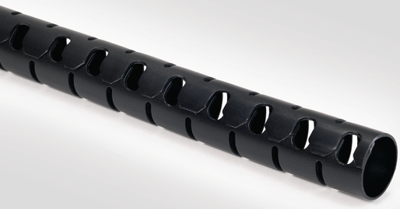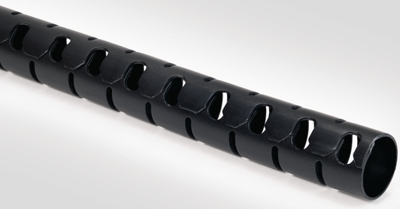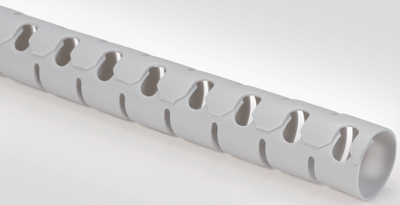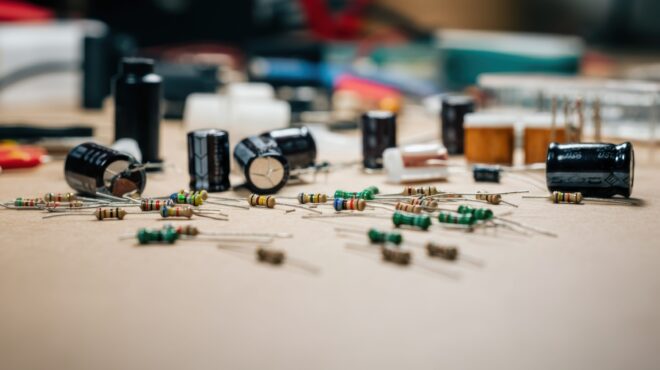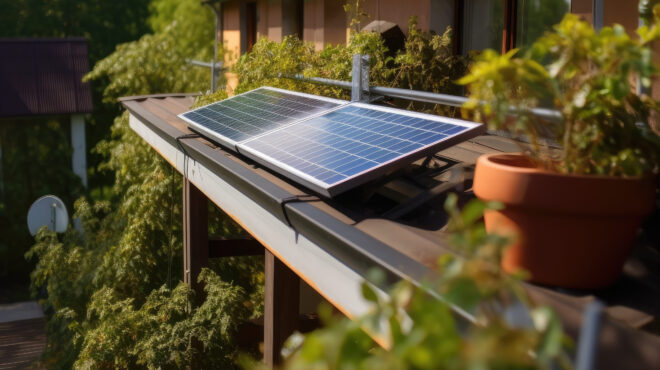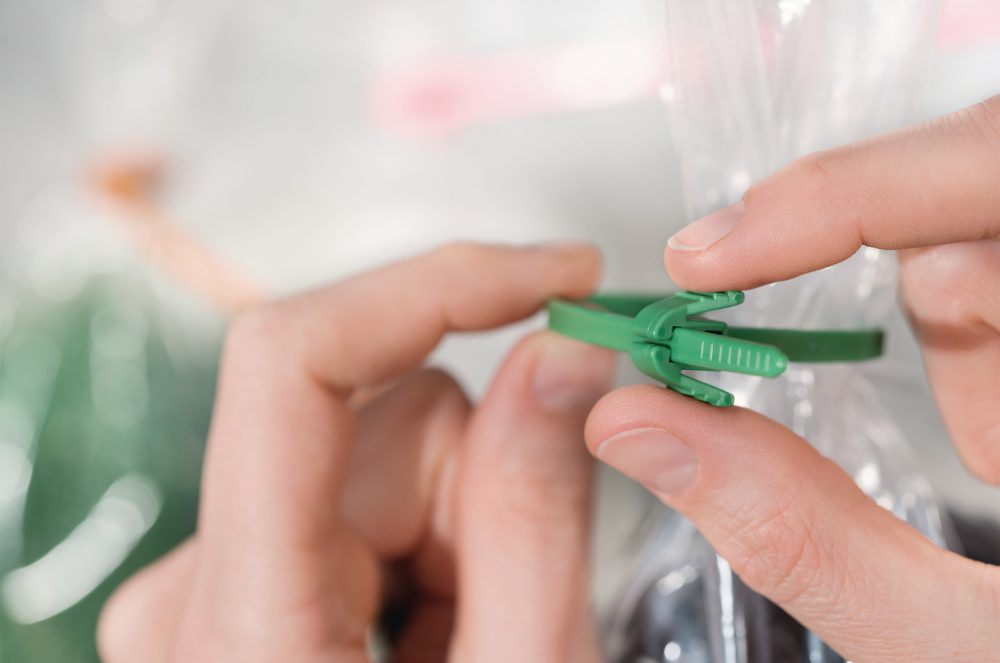
Sustainable and Reusable Cable Ties: Rethinking with HellermannTyton
Traditional cable ties are generally not reusable and are made from plastics derived from finite fossil resources. To reduce dependence on depleting resources, HellermannTyton is working to offer alternatives within its cable management product portfolio that originate from more sustainable sources, contribute to reducing CO2 equivalent emissions (CO2e), and are reusable. Learn more now!
Table of contents
Sustainable Cable Management by HellermannTyton: Reduce, Reuse, Recycle
HellermannTyton places great emphasis on sustainability and follows multiple strategies with its product range to create a positive environmental impact.
They use alternative raw materials, including non-fossil bioplastics, recycled, and compostable materials, to minimize the ecological footprint of its products.
In terms of reusability, HellermannTyton offers reusable products (including reusable cable ties, cable sleeves, and bundling sleeves) suitable for a variety of applications, reducing dependency on disposable items.
Another step towards environmental friendliness is the development of waste-free products or solutions that actively prevent excess material waste.
HellermannTyton also adopts an environmentally conscious approach to packaging by replacing existing packaging with more sustainable materials or reducing packaging volume to lower resource consumption.
Finally, the products are designed for easy recyclability and efficient reintegration into the recycling loop, ensuring optimized resource utilization.
Materials Used for the Production of Sustainable Cable Ties
Different Polymers and Their Carbon Footprints
The production of plastic raw materials requires energy and generates CO2 emissions. Thermoplastics such as Polyamide 6.6 (PA66), Polypropylene (PP), Polyethylene (PE), Polyoxymethylene (POM), and Polyetheretherketone (PEEK) have different CO2 equivalents due to their manufacturing processes.
For example, polypropylene (PP) has a lower CO2 output per kilogram compared to nylon (PA66).
Reducing the overall Product Carbon Footprint (PCF) means rethinking the materials we use to manufacture our products. Material substitution can make a significant contribution to PCF reduction, as each material has a unique equivalent carbon footprint.
However, in practice, replacing one thermoplastic with another or increasing the recycled content in a mix is never as simple as it seems.
Bio-Based Materials from Renewable Sources
HellermannTyton already offers products made from bio-based raw materials such as castor oil. These materials, such as PA11, are strong, lightweight, flexible, and particularly suitable for long-term outdoor applications.
Bio-based plastics are considered CO2-neutral, as plants absorb CO2 during growth and release it at the end of their lifecycle.
Achieving the right balance between chemical composition, physical properties, engineering, application expectations, and economic costs requires significant technical expertise and testing. Together with supplier partners, HellermannTyton actively explores the most sustainable material options for cable management solutions.
Sustainable and Reusable Cable Ties by HellermannTyton
HellermannTyton’s cable ties made from eco-friendly materials not only provide efficient cable management but also promote sustainability across various applications—whether flexible, UV-resistant, or reusable.
Premium Cable Ties Made from Plant-Based PA11: T-Series
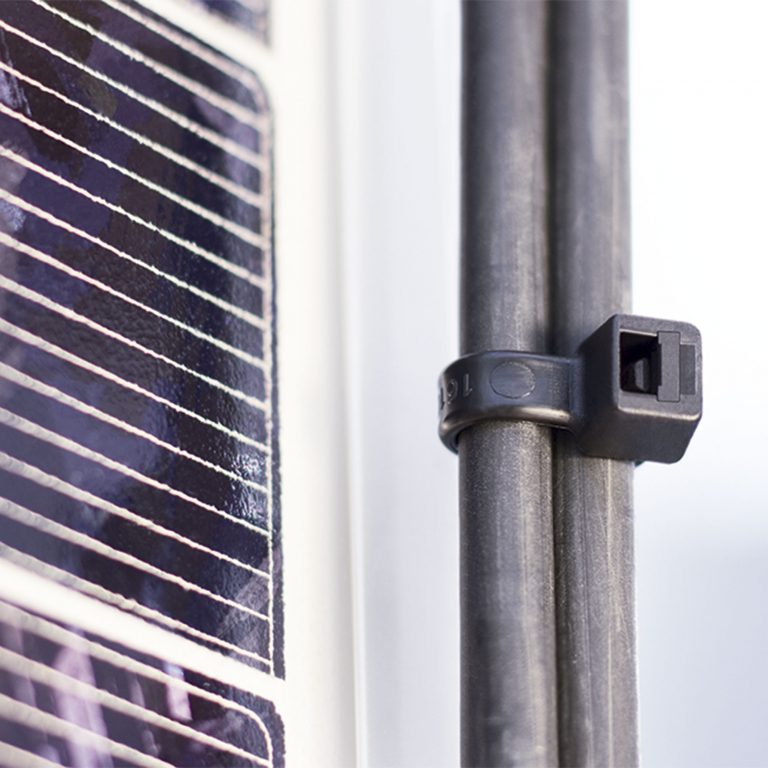
These cable ties offer impressive holding strength and performance, ensuring secure cable management even under extremely high UV exposure.
Made from renewable Polyamide 11 (PA 11) derived from castor plant oil, these cable ties combine high tensile strength with environmental sustainability.
PA 11 is highly durable and ideal for use in solar installations, particularly in conditions where temperature fluctuations must be considered and metallic solutions are not viable.
Reusable Cable Ties: Durable and Eco-Friendly
Softfix Series – Non-Toothed TPU Cable Ties
HellermannTyton offers a wide range of reusable cable ties. The elastic cable tie with rounded edges is a sustainable choice for temporary cable management. Even at low temperatures down to -20°C, it remains flexible and can be opened and reused. The double locking head allows easy parallel bundling.
Even pressure distribution across the bundle ensures secure fixation, even in vertical positions, preventing slippage.
REZ Series – Unique Wing Lock Closure
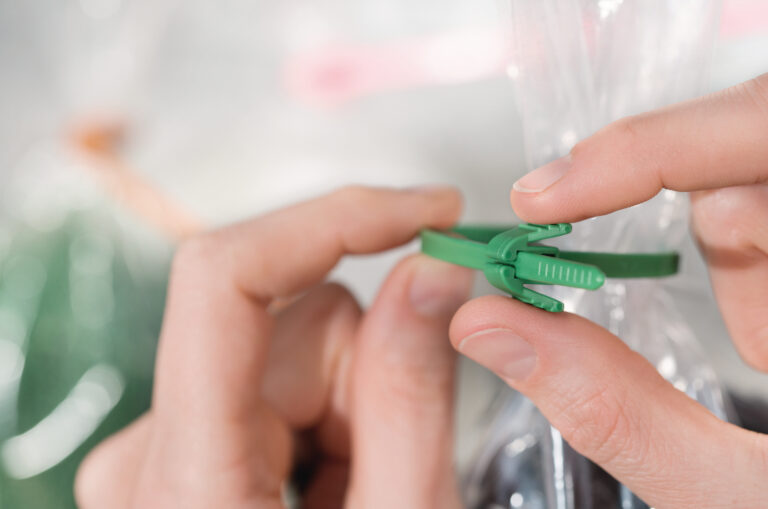
The REZ series cable tie is not only easily releasable and reusable but also features a unique head design for quick and easy application. With its wing lock closure, it can be effortlessly opened with one hand, even under tension, and can be easily handled even with gloves.
Helawrap HWPP: Innovative Cable Managemnt System by HellermannTyton
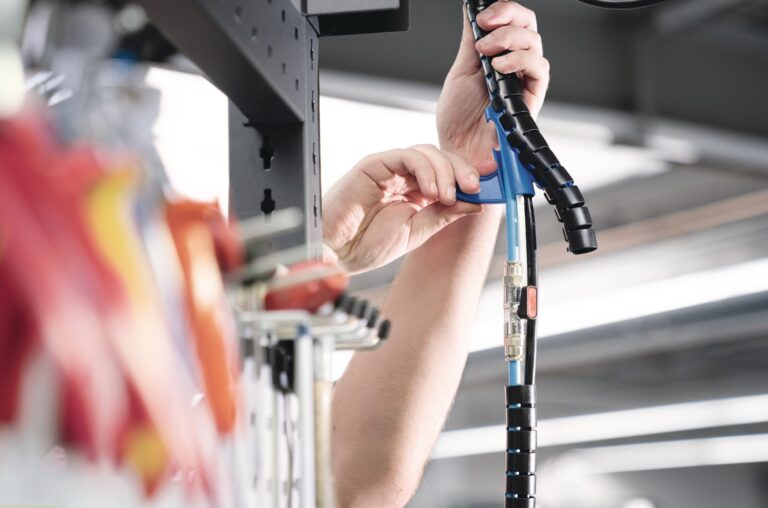
The Helawrap HWPP cable management system is distinguished by its reusability and sustainability. Made from polypropylene (PP), Helawrap HWPP provides a flexible and efficient solution for bundling, protecting, and securing cables in various industrial applications.
A key aspect of Helawrap HWPP’s sustainability is its reusability. Helawrap can be reused multiple times, reducing the need for raw materials and contributing to resource conservation. This is particularly relevant in an era where environmental protection and waste reduction are increasingly important.
Further advantages of the cable management system:
- Halogen-free and RoHS-compliant
- Durable material: remains reliable even under extreme conditions such as high temperatures and mechanical stress.
- Easy handling: The special insertion tool allows quick and effortless bundling and release of cables, saving time and reducing labor costs.
Overall, Helawrap HWPP contributes to a more sustainable future through its reusability, durability, and eco-friendliness.
Reusable Cable Protection by HellermannTyton
HelaHook and Twist-In are two innovative products from HellermannTyton that stand out due to their reusability and sustainability. Both products offer efficient cable management solutions while contributing to waste reduction and resource conservation.
Reusable Braided Sleeve HelaHook
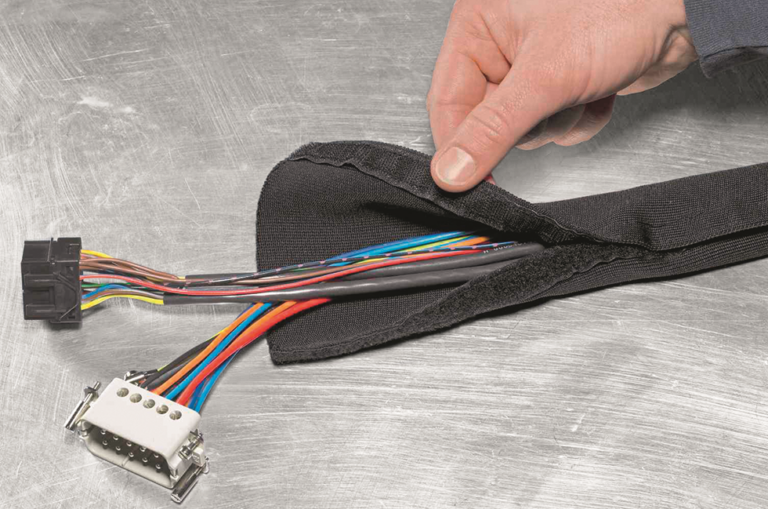
HelaHook is a reusable braided protection sleeve with a hook-and-loop fastener, made from polyester (PET). This product is highly elastic and abrasion-resistant. The material is halogen-free, RoHS-compliant, and contains no hazardous substances. The reusability of HelaHook allows cables to be bundled and protected multiple times without the need for new material. This reduces material consumption and promotes sustainability.
Another advantage of HelaHook is its ease of use. Thanks to the hook-and-loop system, the protective sleeve can be retrofitted and reopened, which is particularly beneficial in areas such as event technology, the aerospace industry, and mechanical engineering.
This not only saves time and costs but also reduces waste, as the sleeve can be used multiple times.
Self-Closing Braided Sleeve Twist-In
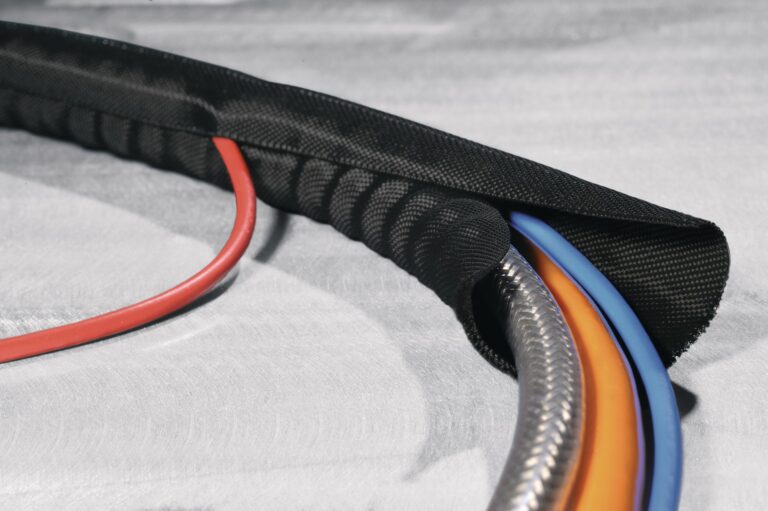
Twist-In impresses with its ease of use and sustainability. It allows cables to be quickly and securely bundled by simply wrapping the sleeve around them. It is particularly practical for applications requiring frequent cable reorganization, such as in data centers or temporary installations.
The material of Twist-In is robust and durable, ensuring a long lifespan and reducing the need for frequent replacements.
This contributes to resource conservation and supports the sustainability goals of companies committed to environmentally friendly solutions.

